
Guest Post from Janet Sernack
What makes Israel so innovative? And what has this got to do with teaming? One of the key discoveries, we made, almost ten years ago, when we relocated to Israel, was the power of its innovation eco-system – the result of a collaboration between the state, venture capital firms, successful entrepreneurs, educational system, business system, incubators, and accelerators. Reinforcing and validating the importance and role of collaboration, where a range of new, inspirational, and adaptive models that lean into complexity and catalyze and embed innovative workplace culture changes, have emerged. Where some organizations have strategically and systemically, courageously invested in applying these new models internally, in catalyzing change through innovation teams.
Transform creative discoveries
Innovation teams transform creative discoveries and ideas into new platforms and business models in timely, agile, and disciplined ways that bring significant value to the market and organization. Who, according to Nick Udall, CEO and co-founder of nowhere, effectively deliver the desired step-changes, breakthrough innovations, and organizational transformation, in ways that “move beyond what we know and step into the unknown, where the relationship between cause and effect is more ambiguous, hidden, subtle and multi-dimensional.”
New collaborative models
The range of new collaborative models, include teams and teaming, tribes, collectives, and eco-systems, are all designed to help organizations innovate in turbulent times.
Where they empower and enable everyone to be involved in innovating, and in responding to the diverse assortment of complex challenges emerging from the Covid-19 crises. They also empower and enable people to co-sense and co-create inventive solutions to the range of “complex” challenges, in ways that potentially engineer 21st-century adaptability, growth, success, and sustainability, in countries, communities, and organizations.
Capacity to change
Groups, teams, and teaming are now the “DNA of cultures of innovation”, who fuel organizations, with an “evolutionary advantage – the capacity to change as fast as change itself.” As we transition from our pre-Covid-19 conventional business-as-usual “normals”, organizations have the opportunity to adapt to the high levels of ambiguity by leveraging their peoples’ collective genius.
Utilizing innovation teams to multiply their value and co-create innovation cultures that catalyze growth, in the post-Covid-19 world through:
- Emerging and exploring possibilities
- Discovering creative opportunities
- Making strategic decisions
- Incubating and accelerating new ideas.
Realm of the creative team
According to Dr. Nick Udall in “Riding the Creativity Roller-Coaster” – creative teams embrace and work with the unknown, intangible, invisible, the unconscious and the implicate, that their key challenges are “to wander with wonder into the unknown.”
Through cultivating a 21st-century skill set, including – attending and observing, questioning, listening and differing, risk-taking and experimenting, and teaming and networking that enables them to be, think and act differently.
Catalyzing change through innovation teams involves creating a culture of innovation, which according to the authors of “Eat, Sleep, Innovate” – is one in which (mindsets) and behaviors that drive innovation come naturally.
Where creative teams are formed around a Passionate Purpose, that propels them into the unknown, in an unpredictable world, where they connect and stretch with cognitive dissonance and creative tension, through developing discomfort resilience. To co-create collective breakthroughs that shift them beyond managing the probable, toward leading what’s possible.
Role of collective mindsets and behaviors
One of the key elements that we can intentionally cultivate is our ability to develop habits that build our mental toughness and emotional agility to cope with stress and adversity, at the same time, paradoxically, create, invent and innovate.
The one thing that we can all control, and is controllable, are our individual and collective mindsets – how we think, feel and choose to act, in solving complex problems, performing and innovating, to dance on the edges of our comfort zones, in the face of the kinds of uncertainties we confront today.
Challenges in creating a culture of innovation
Our research at ImagineNation™ has found that many organizations are disappointed and disillusioned with many of the conventional approaches to effecting culture change, largely because of variables including:
- Confusion between the role of climate, culture, and engagement assessments and processes, knowing which one aligns to their purpose, strategy, and goals and delivers the greatest and most relevant value.
- The typically large financial investment that is required to fund them.
- The time it takes to design or customize, and implement them.
- The complexity of tools and processes available that are involved in contextualizing and measuring desired changes.
- Designating responsibility and accountability for role modeling, leading, and implementing the desired changes.
- Building peoples’ readiness and receptivity to the desired change.
- Efforts are required in removing the systemic blockers to change.
- Designing and delivering the most appropriate change and learning interventions.
- The false promises of “innovation theatre”.
- The time it takes to reap desired results, often years.
In response to our client’s need for speedy, cost-effective, and simple, internal and collaborative culture change initiatives, we developed an integrated, simple, yet profoundly effective approach that integrates three powerful streams for catalyzing change through innovation teams:
- Team development and teaming skills
- Education and learning interventions
- Coaching and mentoring initiatives
By taking these variables into account, focussing on building the internal capability, and offering a different and fresh perspective towards catalyzing change through innovation teams.
Creating a culture of innovation – the innovation team
We took inspiration from our 32 years of collective knowledge, wisdom, and experience across the domains of change management, culture, leadership, and team development as well as from our 8 years of iterating and pivoting our approach to the People Side of Innovation.
Coupling this with our extensive research sources, we developed and customized a team-based action and blended learning and coaching methodology for innovation teams, described as:
- Change catalysts who operate with senior leadership sponsorship, empowered and equipped to trigger internal change management, engagement, and learning initiatives.
- Teachers, coaches, and mentors who provide coaching and mentoring support to educate people in innovation principles and processes that cultivate sustainable innovation through co-creating learning programs and events.
- A small effective and cohesive team, of evangelists, agitators, coaches, and guides and enables the whole organization to participate through partnering and collaborating on potentially ground-breaking (Moonshot) projects, aligned to the organization’s vision, purpose, and strategy.
- Amazing networkers and influencers who work both within and outside of silos to inspire and motivate people to co-operate and collaborate by taking a systemic perspective, leveraging organizational independencies, to co-sense and co-create groundbreaking (Moonshot) prototypes that they pitch to senior leaders.
- Being customer-obsessed and equipped with the innovation agility – capacity, competence, and confidence to adapt, transform, and constantly innovate to maximize the impact of innovation across the organization to affect growth, and deliver improved value by making innovation everyone’s job, every day, to make innovation a habit and way of life.
Developing the future fit future-facing company
Involves a commitment toward catalyzing change through innovation teams, leveraging teams, tribes, collectives as internal growth engines, who collaborate quickly to respond to ambiguity, turbulence, and rapid developments. By being nimble and agile, leading with open minds, hearts, and will to be present and compassionate to emerging human needs, courageously experiment with different business models, and creatively contribute to an improved future, for everyone.
This is the first in a series of three blogs about catalyzing change through innovation teams, why innovation teams are important in catalyzing culture change, and what an innovation team does.
Check out our second blog which describes how an innovation team operates and our final blog which includes an evidence-based case study of an effective and successful innovation team in a client organization.
Find out about our learning products and tools, including The Coach for Innovators Certified Program, a collaborative, intimate, and deep personalized innovation coaching and learning program, supported by a global group of peers over 8-weeks, starting Tuesday, October 19, 2021.
It is a blended and transformational change and learning program that will give you a deep understanding of the language, principles, and applications of a human-centered approach and emergent structure (Theory U) to innovation, within your unique context. Find out more
Image credit: Unsplash.com
![]() Sign up here to get Human-Centered Change & Innovation Weekly delivered to your inbox every week.
Sign up here to get Human-Centered Change & Innovation Weekly delivered to your inbox every week.
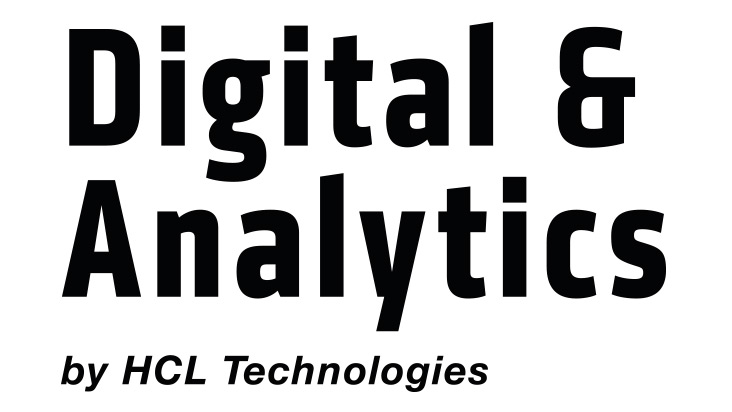




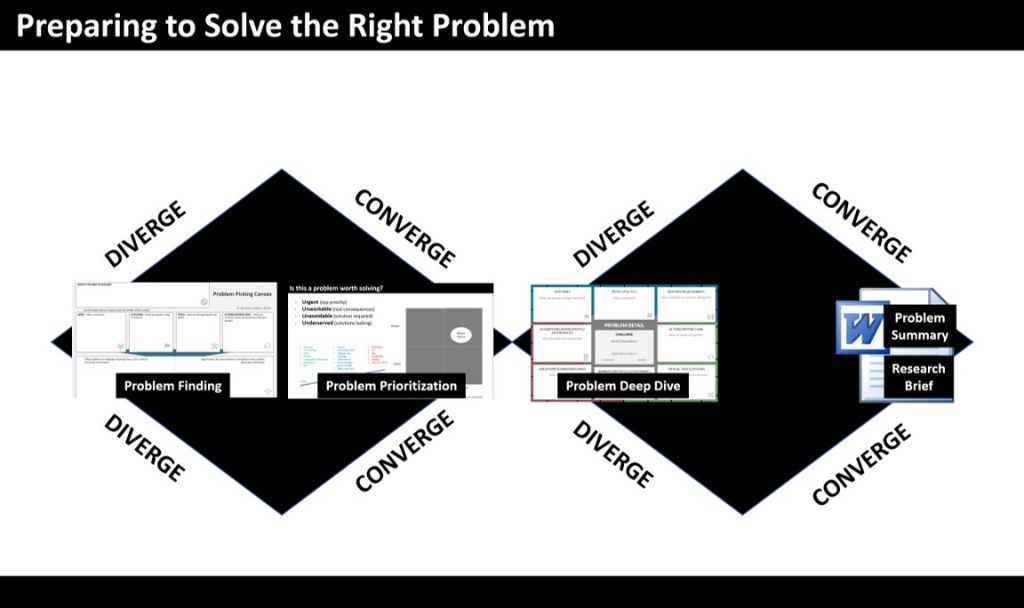


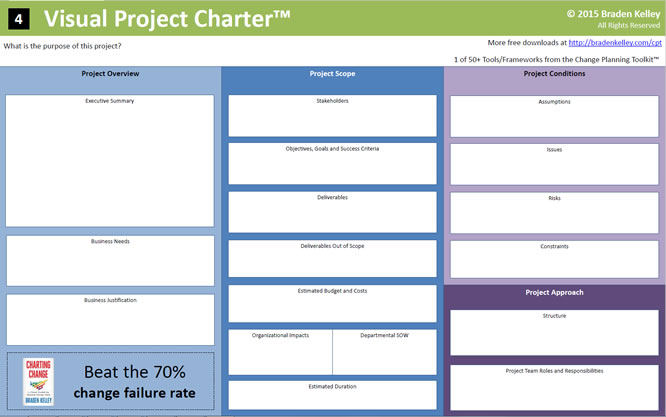
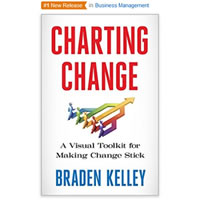

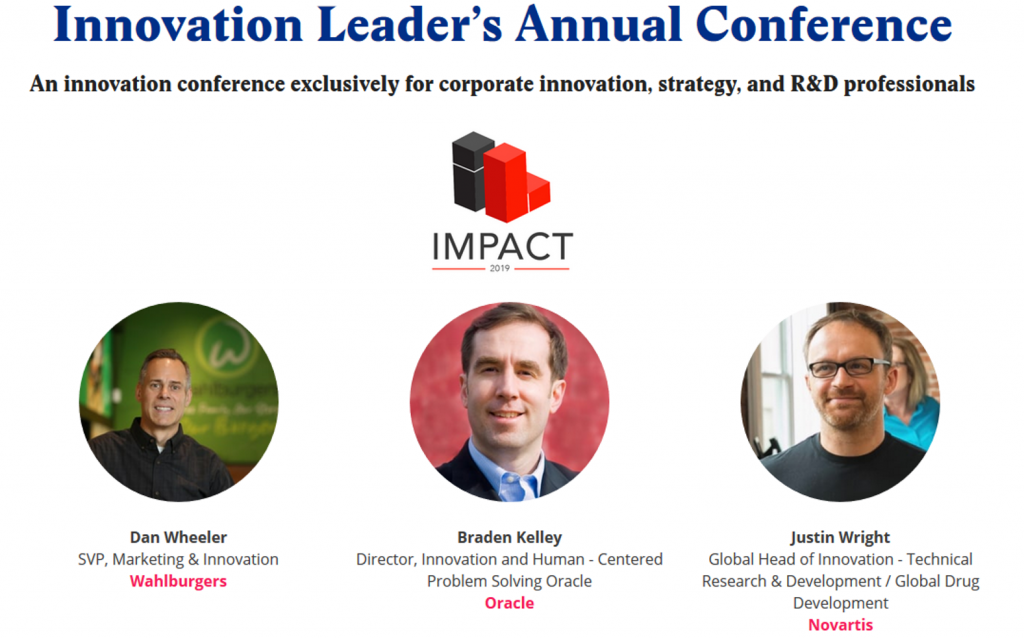

 What if you could empower every citizen with tools that will help your city, state or country innovate and change faster than the competition for a penny a person?
What if you could empower every citizen with tools that will help your city, state or country innovate and change faster than the competition for a penny a person?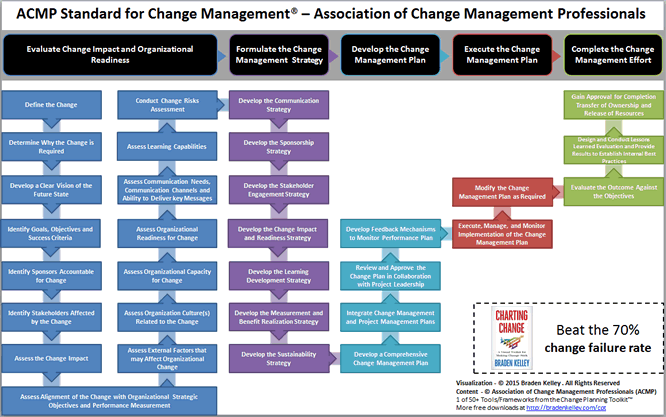
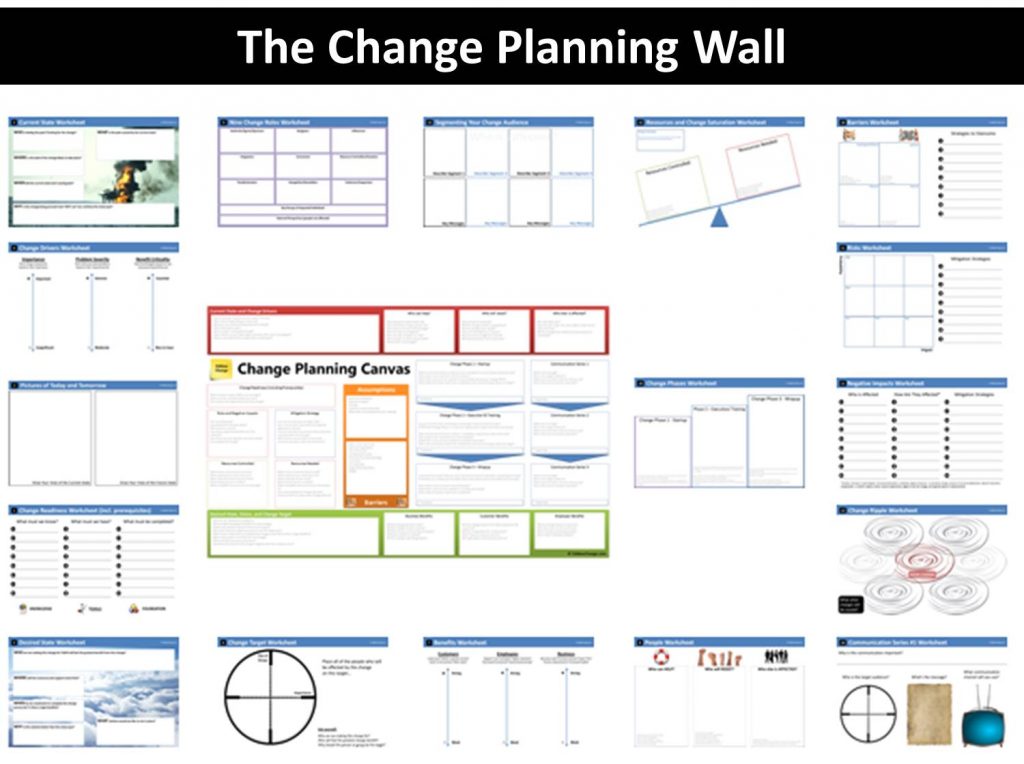
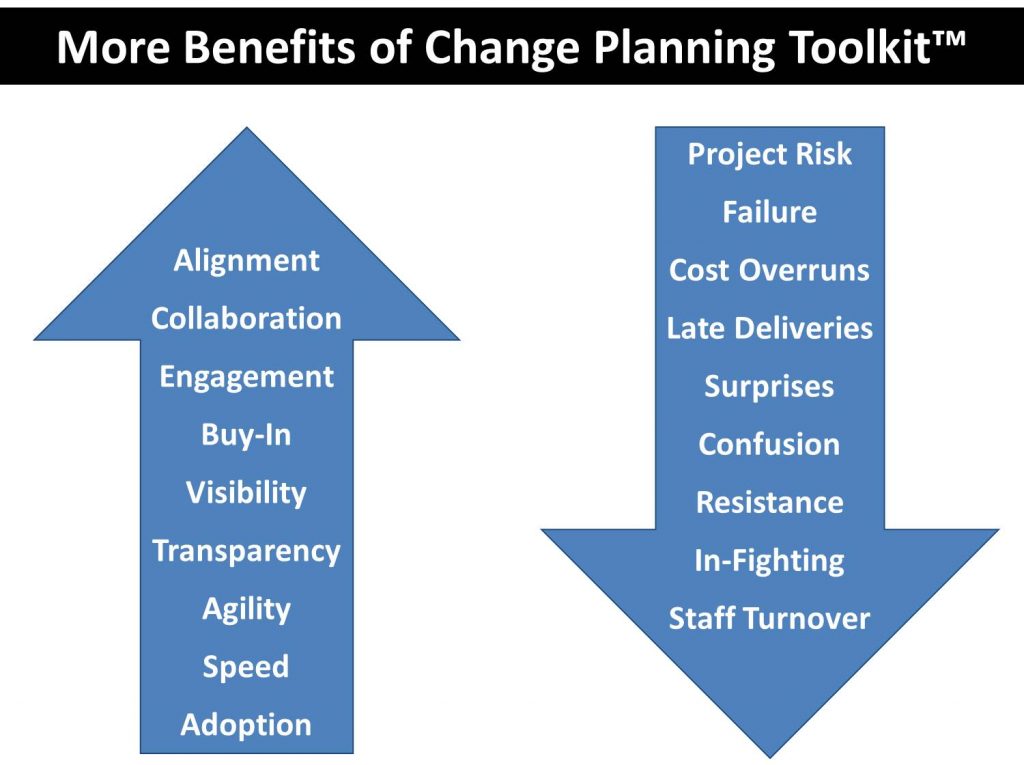
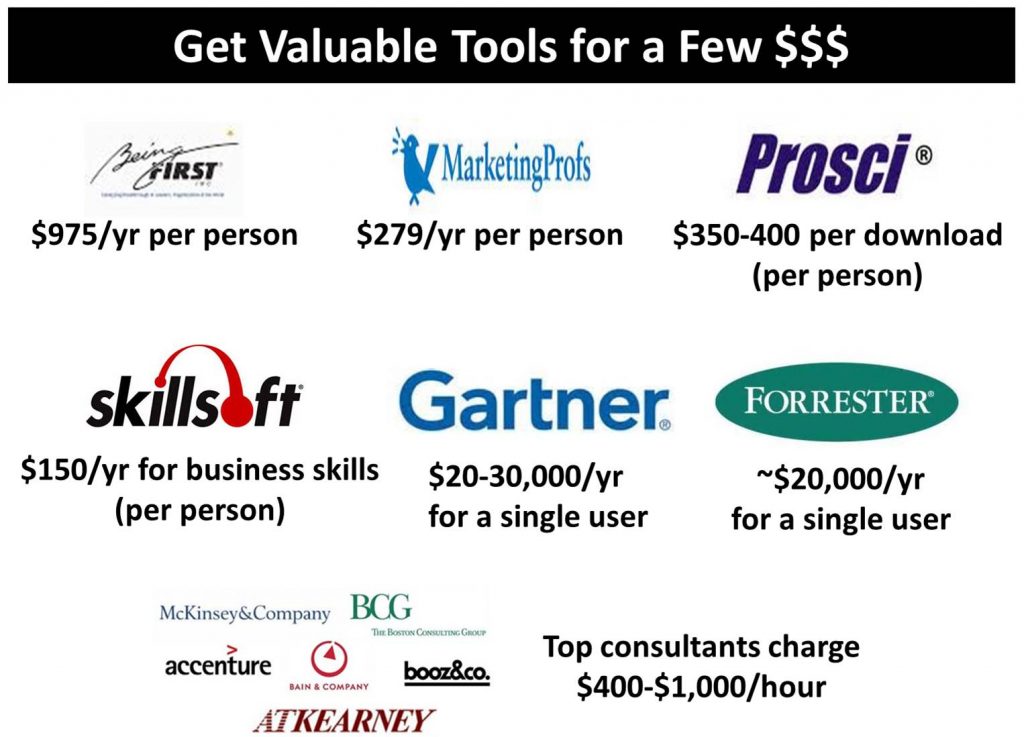
 According to multiple sources, including McKinsey, 70% of change efforts fail. The reason many change efforts fail is that they often lack a clear plan.
According to multiple sources, including McKinsey, 70% of change efforts fail. The reason many change efforts fail is that they often lack a clear plan.